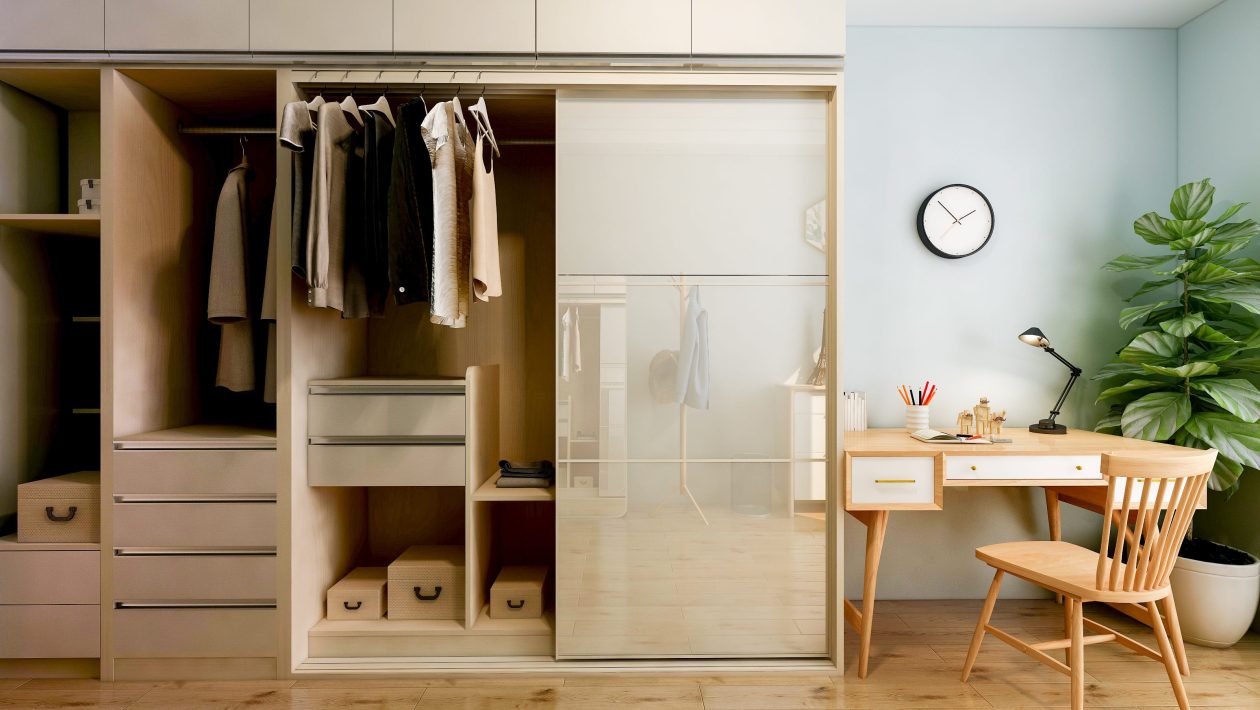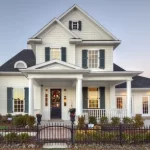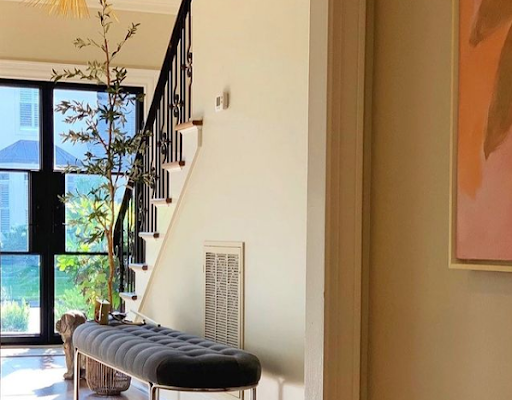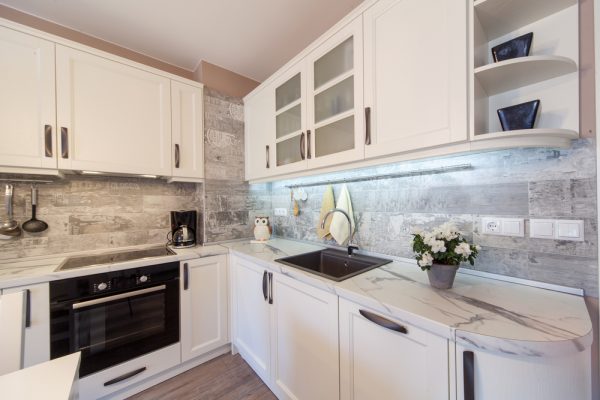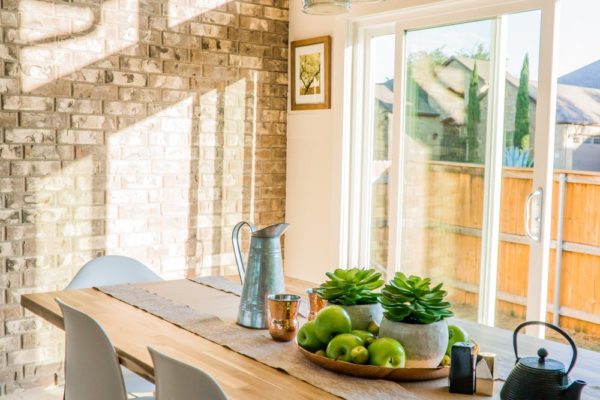Selecting sliding wardrobe doors is a crucial aspect of interior design and organization for any bedroom or storage space. These doors not only serve a functional purpose but also contribute significantly to the overall aesthetics of the room. To make an informed decision, you should consider various factors such as material, style, size, and functionality. Let us delve into the art of selecting sliding wardrobe doors: –
- Material – The material of your sliding wardrobe doors plays a vital role in both durability and appearance. Common options include wood, glass, mirrored panels, and laminate. Wood exudes a timeless, classic feel, while glass and mirrors can make a room appear more spacious and well-lit. Laminate doors offer versatility in terms of color and texture options.
- Style – The style of your Choosing Sliding Wardrobe Doors should harmonize with the overall theme of your room. Consider options like traditional, modern, minimalist, or even customized designs. Traditional styles may feature intricate woodwork, while modern styles often prioritize sleek lines and minimalistic hardware.
- Size – The size of your sliding wardrobe doors should be proportionate to the available space. Oversized doors in a small room can overwhelm the space, while tiny doors on a large wardrobe might appear out of place. Measure the available wall space accurately to ensure a perfect fit.
- Frame or Frameless – Sliding wardrobe doors can have frames or be frameless. Framed doors offer a structured, polished look and are often more robust. Frameless doors, on the other hand, create a seamless, contemporary appearance and can make a room feel more open. The choice depends on your personal preference and the style you want to achieve.
- Mirror Placement – If you opt for mirrored sliding doors, consider where you want the mirrors to be placed. Full-length mirrors are excellent for getting ready, while mirrored panels on top or in the middle of the doors can add a touch of elegance. Mirrored doors also help bounce light around the room, making it feel more spacious.
- Hardware – Pay attention to the hardware of your sliding wardrobe doors. Handles, knobs, and tracks come in various styles and finishes, such as brushed nickel, chrome, or matte black. Choose hardware that complements your overall design scheme and is easy to use.
- Accessibility – Think about how you want to access your wardrobe. Bi-fold or bypass doors are common choices for sliding wardrobes. Bi-fold doors fold in half, making it easier to access one side of the wardrobe at a time. Bypass doors, on the other hand, slide past each other. Consider your space and how you want to access your belongings when choosing between these options.
- Customization – Customizing your sliding wardrobe doors allows you to create a unique and tailored look. You can choose specific materials, colors, and even add patterns or designs to match your room’s decor perfectly. Customization offers endless possibilities for creating a wardrobe that reflects your style.
Conclusion – The art of selecting sliding wardrobe doors involves careful consideration of material, style, size, functionality, and your personal preferences. By taking these factors into account and staying within your budget, you can choose doors that not only enhance the functionality of your space but also elevate its overall aesthetic appeal. Sliding wardrobe doors are more than just functional elements; they are an integral part of your room’s design and organization.

